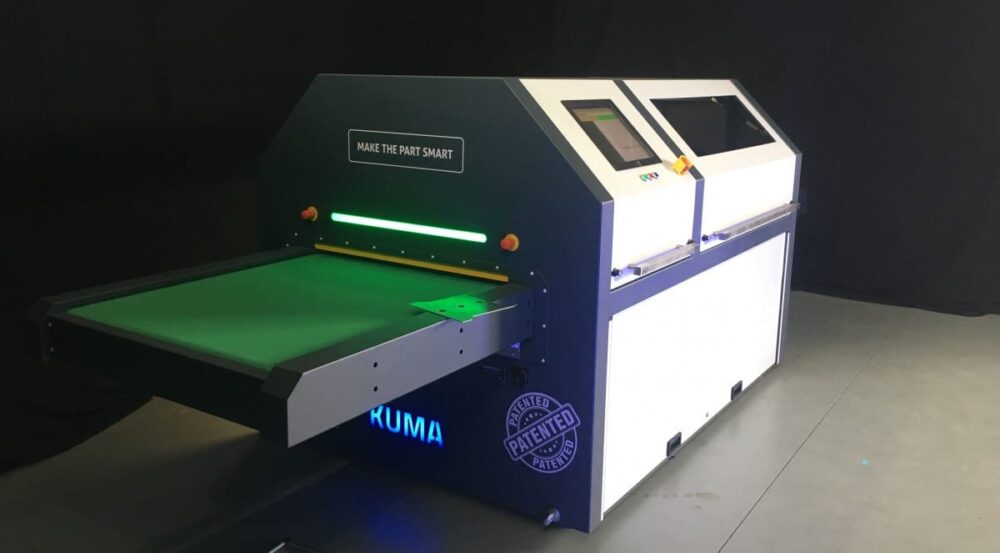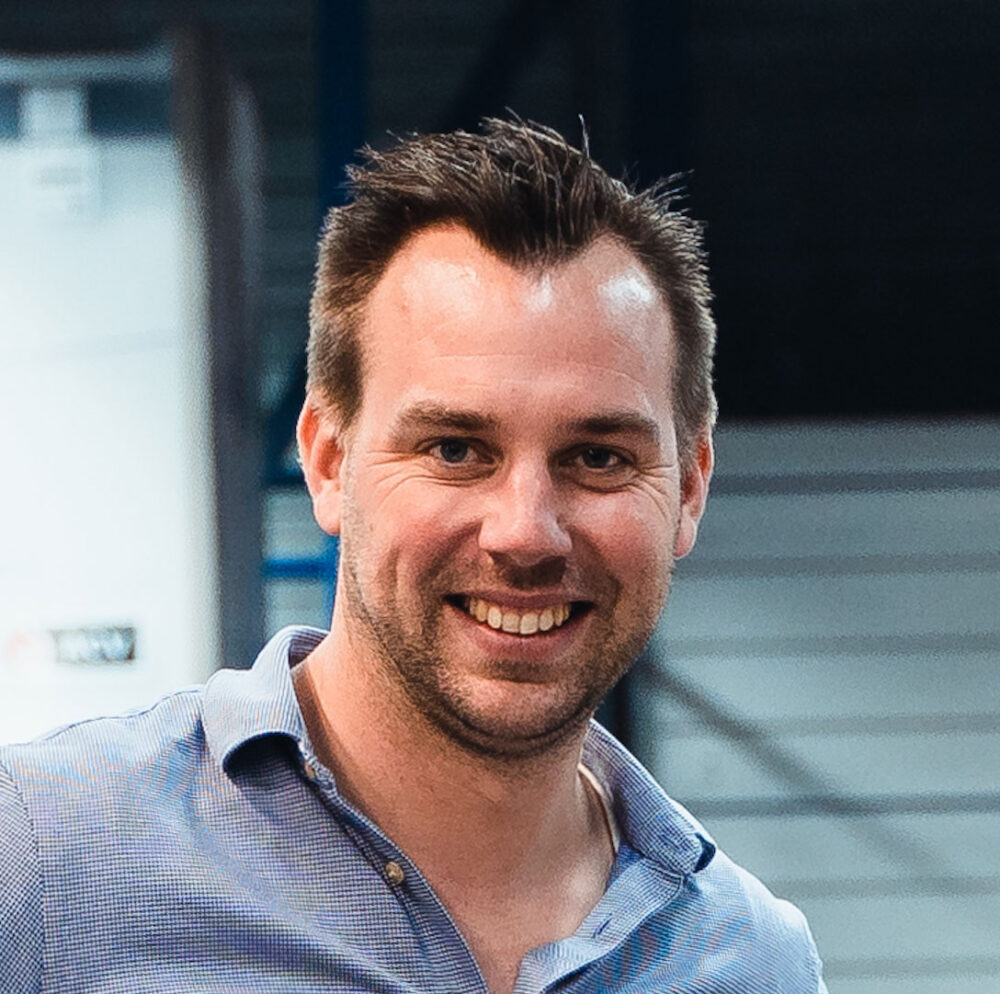Finding a loose order sticker or production slip in the production process is an inconvenience, but this certainly applies to a product without a production label. Poor labeling or marking is a source of errors, the costs of which can be high. For example, laser parts can be delivered to the wrong customer, but it is also possible that parts have already been attached in the wrong composition.
It often happens that either the marking in the form of a production receipt or sticker is lost, or the product itself is lost. Printing a new receipt or sticker is no problem, provided you know which order or product it concerns. However, it also happens that one only finds a marking, without a product. In that case, the entire product must be produced again.
“Dutch production companies suffer a lot of damage due to late deliveries“
Many companies claim to experience no problems with marking laser parts, but practice shows that considerable success can still be achieved in this regard. The consequences of poor marking can be very costly. First of all, delivery dates are not met. This means that delivery reliability decreases and customers therefore switch to the competitor. Research shows that Dutch production companies suffered no less than €6 billion in damage in 2017 because they were late with their deliveries. On average, this amounts to 4% of their annual turnover. Compared to 2016, the percentage of late deliveries has risen sharply in one year to 24%. Many companies do not take into account the consequential damage of late delivery, such as the customer not placing a follow-up order. However, research shows that this is the case in almost 1 in 7 situations.
Another consequence of poor marking is that products have to be re-produced because they have been lost in the factory. It still happens too often that orders are lost on the production floor. The loss of products on the production floor is also a cause of the many late deliveries.
Printing the correct marking on the product prevents a product from losing its identity. The print is scratch-resistant and at the same time semi-permanent. This means that the print has disappeared immediately from the sheet metal with the help of thinner. The KUMA sheet metal identification machine is also very suitable when laser parts are not allowed to have visible markings for reasons of hygiene in the food industry. Because the KUMA can print a QR code on the laser parts, it is possible to add a large amount of information on a relatively small surface. This QR code can be used to program a press brake, create traceability for laser parts in the process or call up a digital drawing. Click here for a demonstration of a digital workplace.
Search print spot
Because laser parts are identified using vision, a suitable location for the print can be found. However, it may happen that there is not enough space on a product for the entire print. In this case, the inkjet print will be reduced by only printing a QR code. If there is not enough space for a QR code because there is no suitable spot on the product, the label printer will be switched on to print a label with the marking desired by the customer. This label sticker can then be attached manually.
A printed marking on the product prevents an order from losing its identity during the production process. This form of marking is unique and reduces the number of errors in the production process.The marking adds value to the product because the customer can indicate what should be included in the marking, and delivery reliability is increased.

